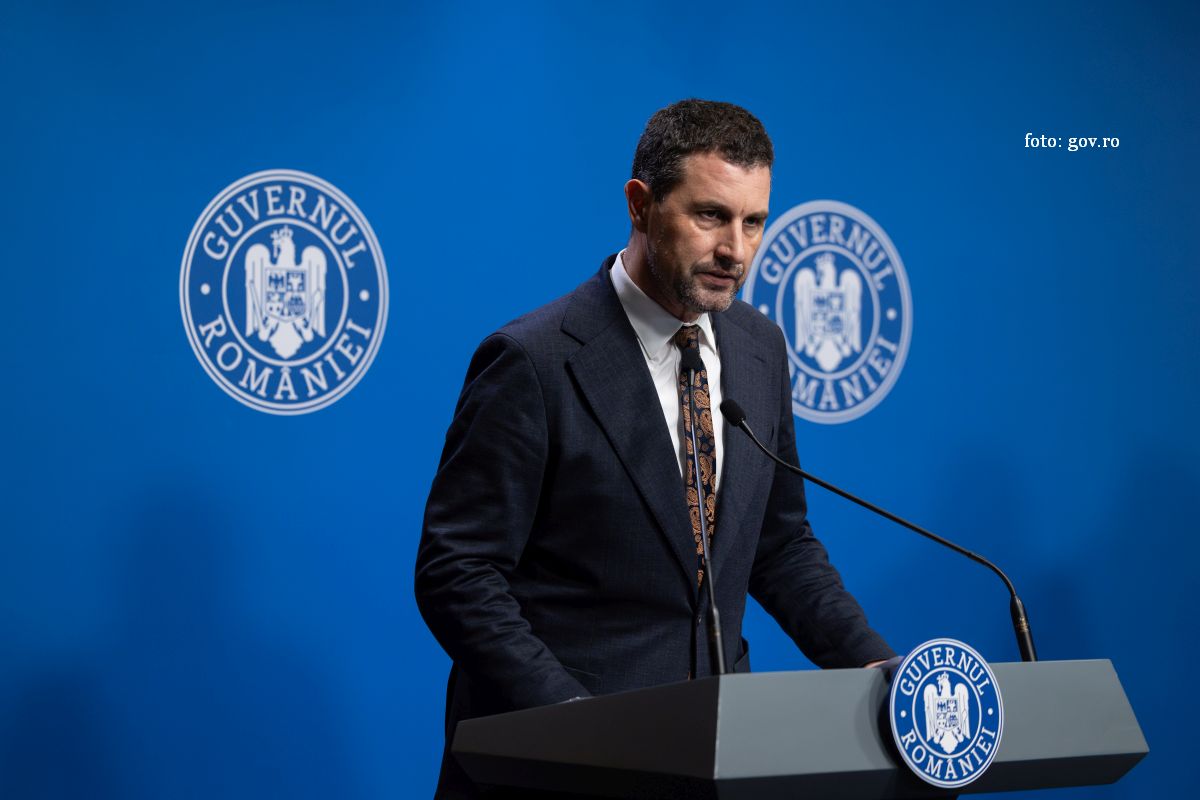Epidemiological alert in Romania
The Romanian medical authorities have released an epidemiological alert.
Warning: Trying to access array offset on null in /home/web/rri.ro/public/wp-content/themes/rri/template-parts/content.php on line 53

Warning: Trying to access array offset on null in /home/web/rri.ro/public/wp-content/themes/rri/template-parts/content.php on line 98
Ştefan Stoica,
02.02.2024, 14:00
For the third consecutive week, the incidence of respiratory infections reported in Romania exceeded the average level calculated for the last seasons, and the authorities decided to release an epidemiological alert. The National Public Health Institute reported over 130 thousand cases of respiratory infections, in just one week, and more than 9 thousand cases of clinical flu. The number of diagnosed respiratory infection cases refers to the week of January 22 – 28, and the finding is that, compared to the same period of last winter, the number of patients is 35 percent higher. The increase compared to the previous week is 8 percent. As for the flu cases, the number of patients increased, weekly, by almost 2 thousand and is much higher compared to the same period of last year.
However, the situation is better in terms of severe acute respiratory infections, which are now fewer as compared to the previous week and also as compared to last year. The number of deaths caused by the influenza virus has reached 50, the Public Health Institute informed. The health minister, Alexandru Rafila, does not rule out a scenario according to which the cases of illness might reach the maximum level recorded last year. He said that Romania would not face an epidemic because, as their observations show, the maintenance of this upward trend is limited and until the end of February the number of cases will probably be lower, said the health minister. He pointed out that the epidemiological alerts do not imply restrictions, but only prepare the medical system for a worse situation.
Alexandru Rafila: This is the third consecutive week of growth above the average level recorded in the last 5 years. It is called epidemic week. Weve had two such weeks so far. This is the third one. There is absolutely nothing different from last year’s situation, no restrictions are being imposed; it is related to preparing the health system for a greater number of respiratory infections so that we can provide all the necessary resources to the health units.
Apart from the measures recommended in medical units, there are recommendations for schools. Those in charge of educational institutions must provide the necessary sanitary materials and inform parents about the symptoms and the importance of keeping children at home if they have signs of respiratory infections. For the population, in general, the already known recommendations remain valid: avoiding crowds, observing hygiene rules, isolation at home in case of illness, use of protective masks, if necessary, and, last but not least, flu vaccination especially in the case of vulnerable categories. (LS)






























